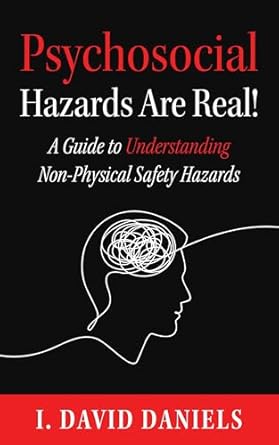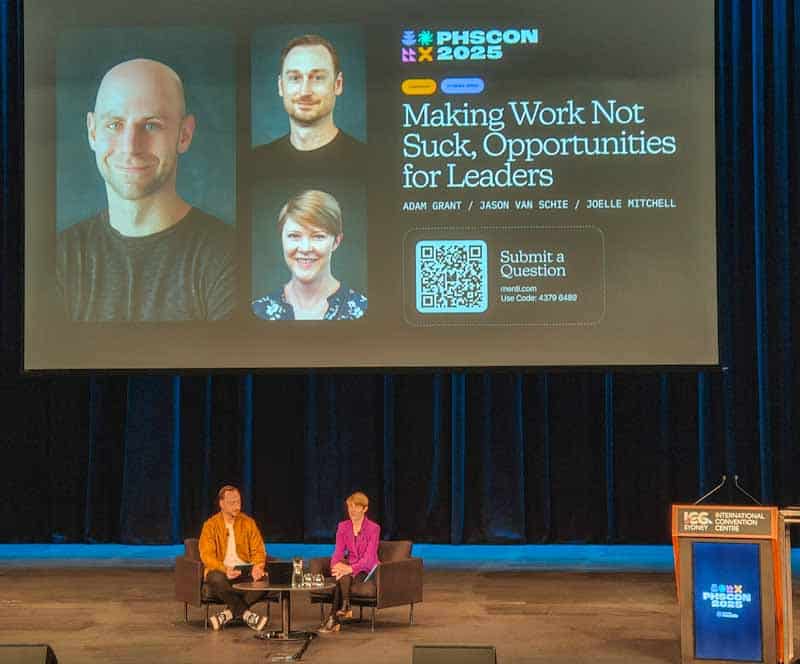It is clear from the emails I have received, as well as many of the comments on LinkedIn and other social media platforms, that the modern role of Employee Assistance Programs (EAPs) remains a contentious issue, as discussed below. One of the many issues, young workers’ perceptions of EAP, was addressed by Alena Titterton of Johnson Winter Slattery, who provides an important and different perspective on who uses EAPs:
Category: Uncategorized
Trust Issues: The EAP Edition
This week, a colleague shared with me some bizarre experiences he had while negotiating with his company’s Employee Assistance Program (EAP) provider for basic data. It reminded me of the EAP role in preventing and managing psychosocial hazards at work. Australia’s psychological health regulations appear to have placed the EAP industry in a state of confusion and transition, which warrants consideration and the perpetual questioning of the effectiveness of EAPs. It may be that the days of the EAP, as traditionally configured, are over.
Regulations: Addressing Market Failures and the Myth of Free Markets
Recently, Federation Press published a weighty tome written by Arie Freiberg called “Regulation in Australia. 2nd Edition“. For those of you who are legislative junkies and can quote sections of occupational health and safety (OHS) law, you will love this, as it examines the mechanics of regulation, not just those of Industrial Relations or OHS. And there is some powerful context to market failures that often lead to new regulations, a perspective shared with Naomi Oreskes and Erik M Conway in their 2024 book, “The Big Myth“.
What does Grok say about OHS?
I was lunching at my local market when someone at the same table began chatting with me. The conversation turned to occupational health and safety (OHS). It was refreshing to discuss this with a non-OHS professional and see their surprised reactions to some of the things employers are required to do to create safe and healthy workplaces.
On my walk home, I wanted more perspectives on my thoughts, so I present the first in an occasional series called “What does Grok say….?”
The evidence for rebuilding or strengthening trust is in
A new Australian consulting company, veyter, recently published the first of its Trust-In-Action discussion papers. It provides an excellent summary of Trust in the popular business management literature, but it feels like it is stating the bleeding obvious. This is not to denigrate the importance of Trust, only to question whether Trust, like Respect, needs detailed examination. veyter is tapping a rich vein of management, social and philosophical thinking that many others have accessed.
Veyter intends to challenge the myth that cultural change is complex and time-consuming. It says:
Continue reading “The evidence for rebuilding or strengthening trust is in”Rethinking Workplace Well-being: Insights from Adam Grant
In an era where employee mental health is increasingly recognised as critical, organisational psychologist Adam Grant offered useful insights into creating healthier, more productive workplaces at the Psych Health and Safety conference (PHSCon) in Sydney.
Grant argued that investing in employee well-being is not just a compassionate gesture but a strategic imperative. Companies must move beyond superficial benefits and focus on fundamental work design that empowers employees and supports their psychological health.
Free psychosocial hazards book offer

This blog has been focused on psychosocial hazards and psychological safety over the last week or so. (I warned you) This area of occupational health and safety (OHS) currently dominates the discussion and is likely to continue doing so for some time.
There are not many books on this hazard, but I. David Daniels, an OHS specialist from the United States, published one earlier this year, and I have a free and signed hard copy to give away to one lucky (current) SafetyAtWorkBlog subscriber. Entry details are below.






